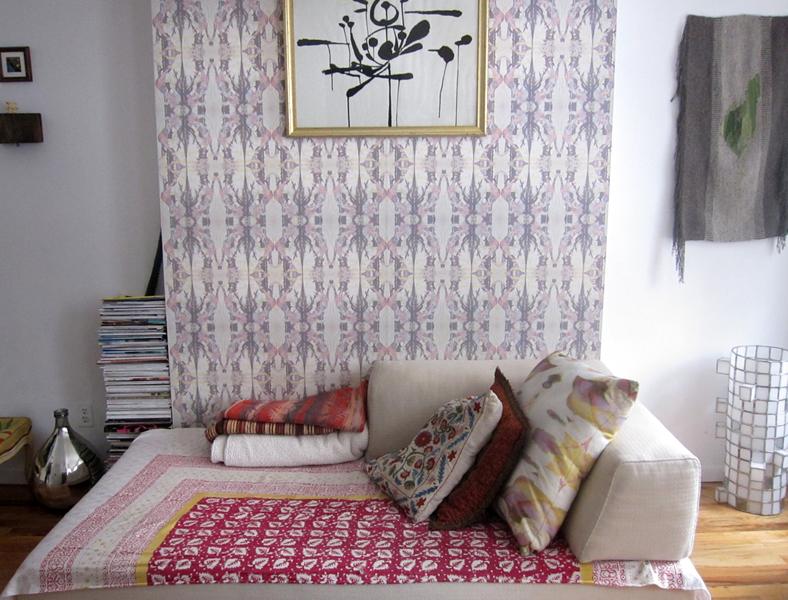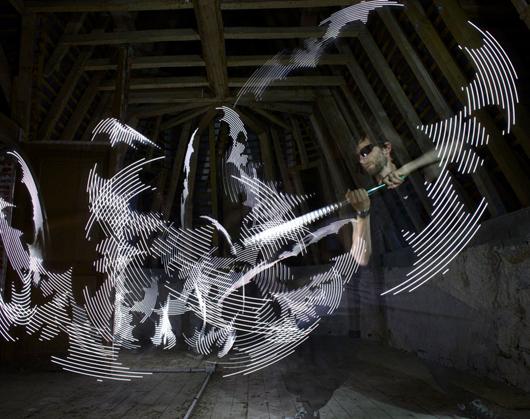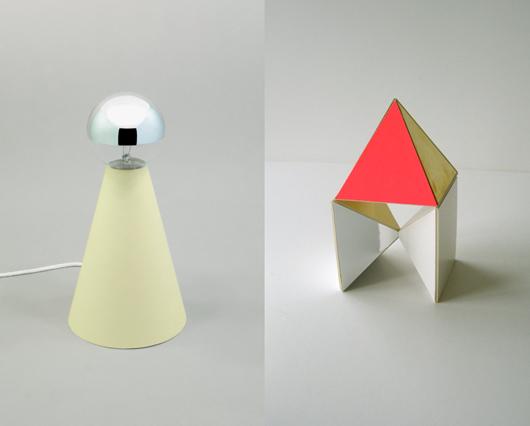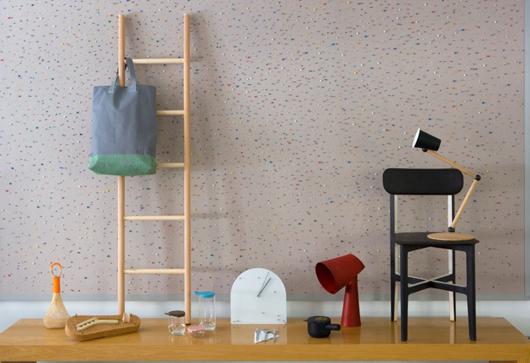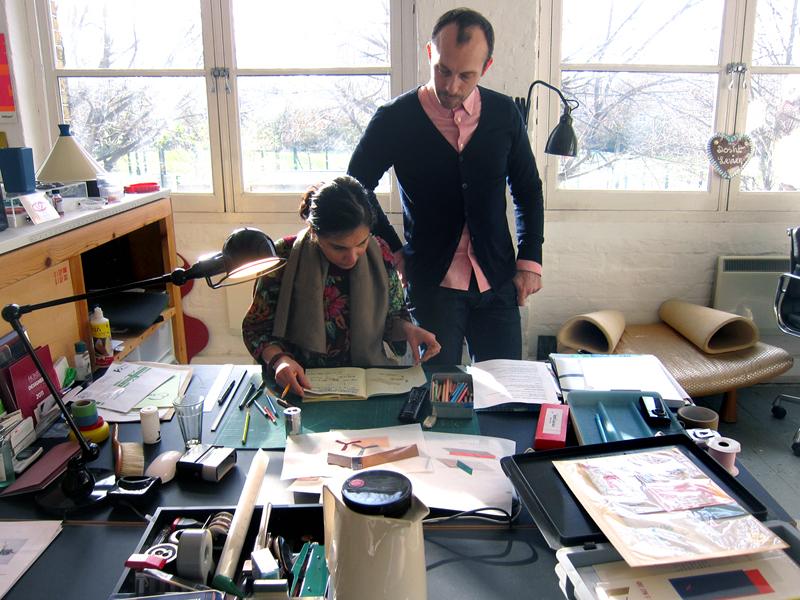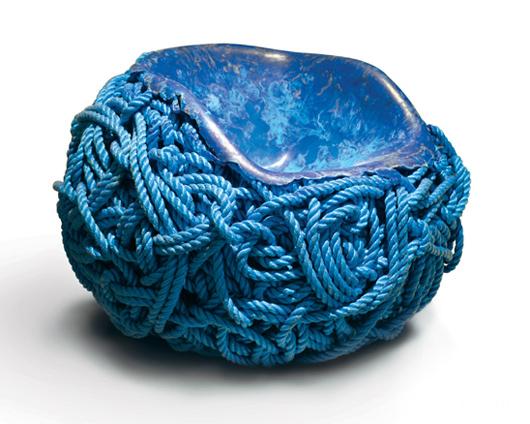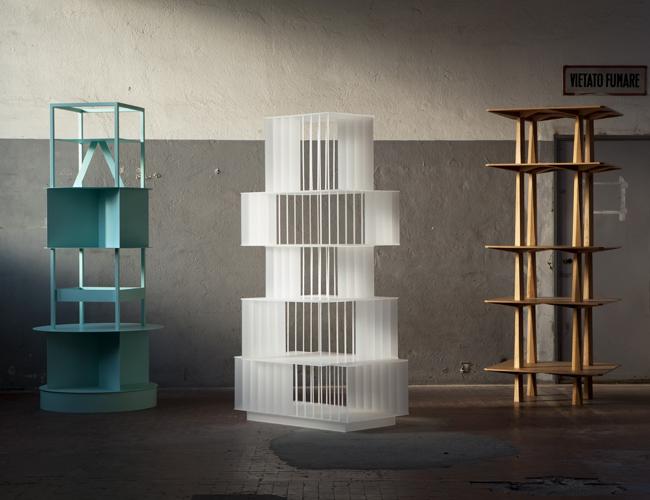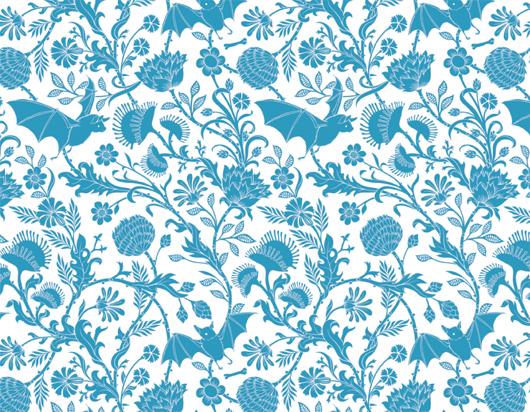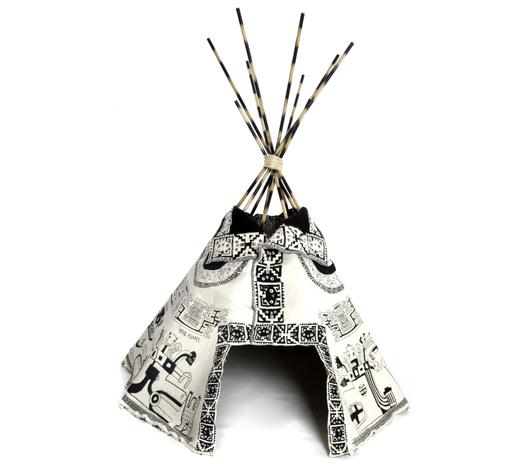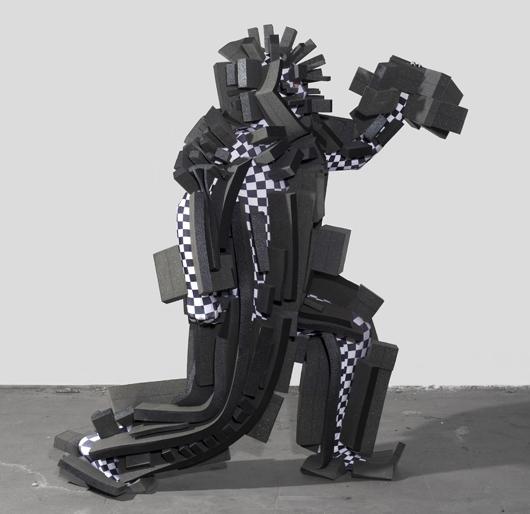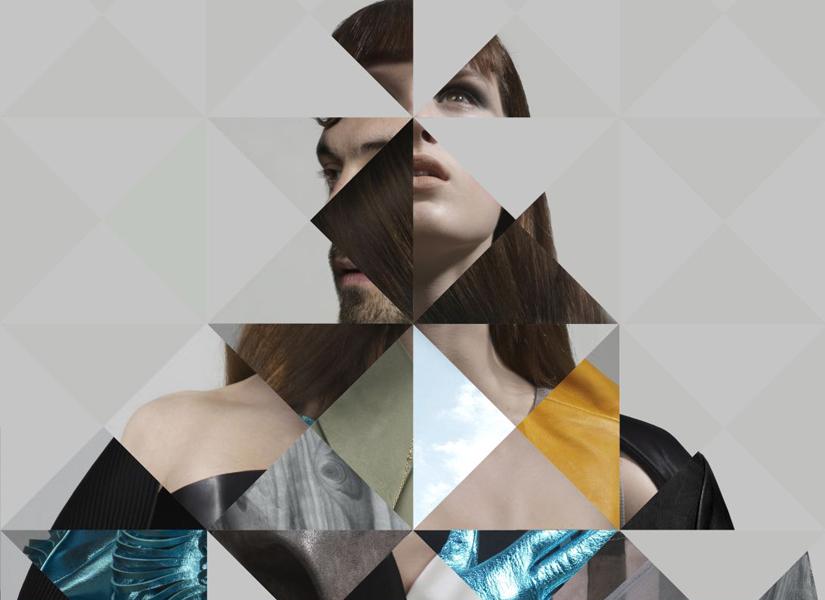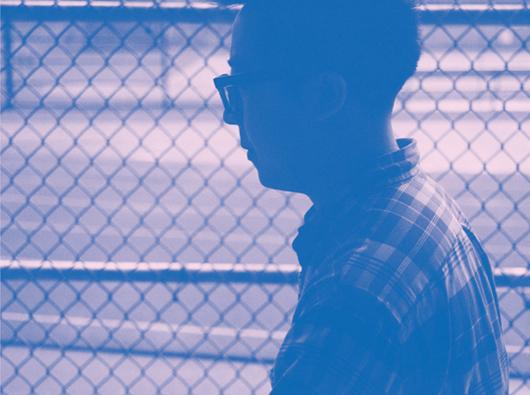
08.22.11
Excerpt: Magazine
Jason Schwartzman interviews Andrew Kuo for Bad Day #11
In the realm of magazine-making, photographer Eva Michon and creative director Colin Bergh could be considered populist heroes. Whenever they begin an issue of their four-year-old side project Bad Day Magazine, they make a wish list full of dozens of potential subjects they happen to be interested in at the moment — Sofia Coppola, Glenn O'Brien, Ariel Pink — and then, except for one fateful attempt to woo Nicki Minaj, they actually manage to go out and persuade those disparate personalities to appear together among their monochromatic pages. The pair have gotten so good at the curatorial hunt that when Michon, who serves as editor, agreed to let us reprint an article from the recently released Bad Day Issue #11, we were spoiled for choice: There were interviews with Sight Unseen favorites Martino Gamper and Tauba Auerbach, both of whom we're planning to feature on our own in the near future, plus stories on Mike Mills, David Shrigley, Tomi Ungerer, and David Shearer. But ultimately we settled on the curious multidisciplinary dialogue between the actor Jason Schwartzman and the New York artist Andrew Kuo, who meander between topics like music, color-mixing, hangovers, and what it would be like if they looked like Jesus.
